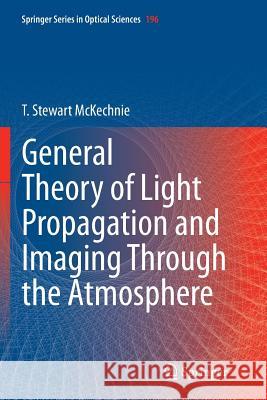General Theory of Light Propagation and Imaging Through the Atmosphere » książka
topmenu
General Theory of Light Propagation and Imaging Through the Atmosphere
ISBN-13: 9783319373164 / Angielski / Miękka / 2016 / 624 str.
Kategorie BISAC:
Wydawca:
Springer
Seria wydawnicza:
Język:
Angielski
ISBN-13:
9783319373164
Rok wydania:
2016
Wydanie:
Softcover Repri
Ilość stron:
624
Waga:
0.90 kg
Wymiary:
23.39 x 15.6 x 3.35
Oprawa:
Miękka
Wolumenów:
01
Dodatkowe informacje:
Wydanie ilustrowane











